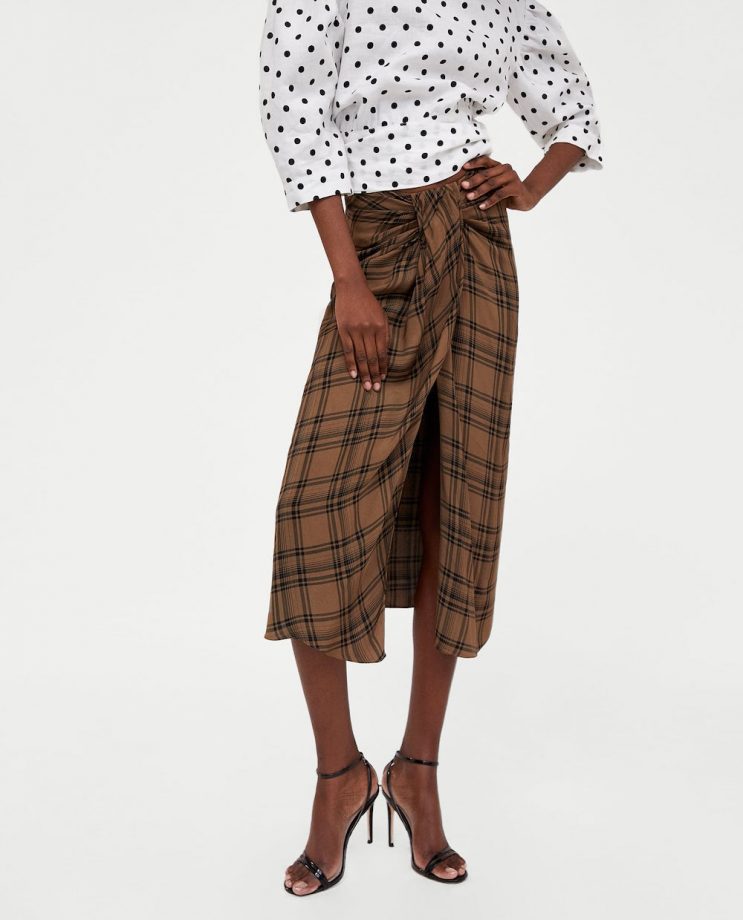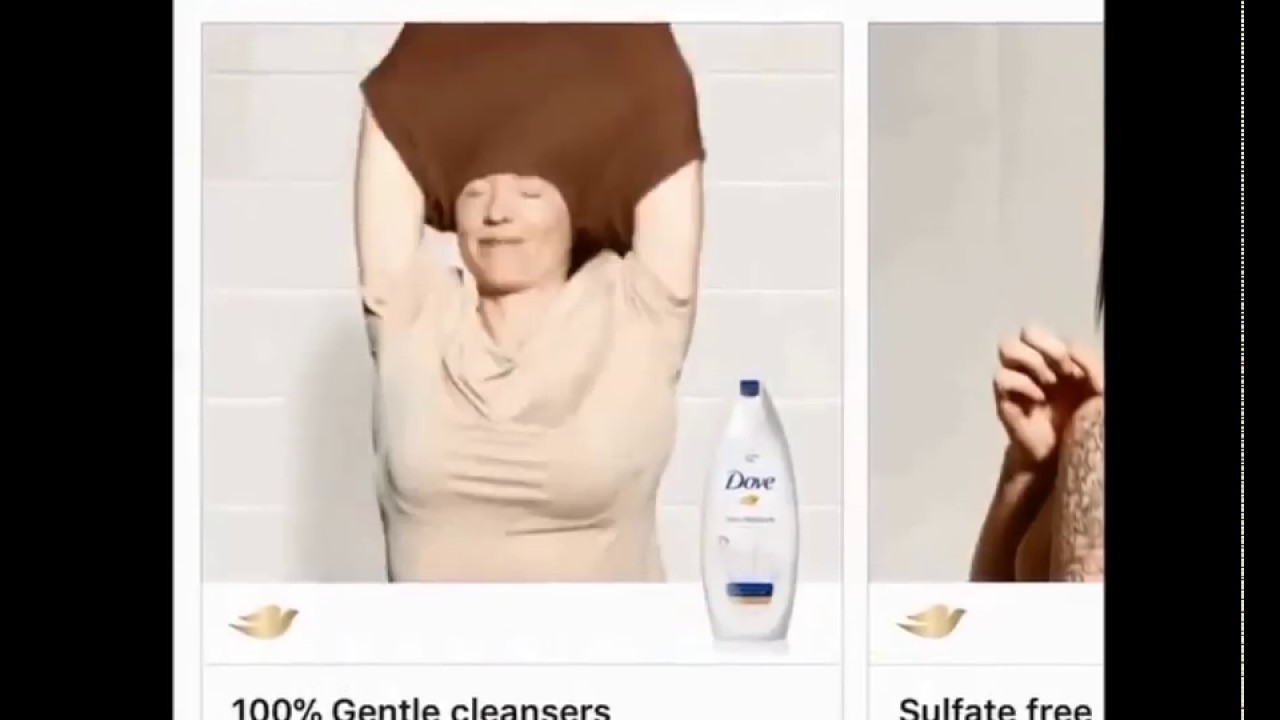
Because I am a believer in the therapeutic benefits of art, I decided to do some research into just how art as a therapy can also be beneficial to those who have been incarcerated and what it takes for them to be willing to participate in art as a form of therapy, and the outcomes of their participation. Therefore, I decided to conduct an interview with someone knowledgeable and experienced in the subject, Laura Pecenco, Ph.D, Founding Director of Project PAINT.
Project PAINT: The Prison Arts INiTiative, is a prison visual arts program. Dr. Pecenco confirmed that though Project PAINT is not actually an art therapy program, she strongly believes their work has therapeutic benefits. Dr. Pecenco further provided the differentials of such programs in acknowledging that “art therapy” is a specific type of program and requires that people are trained psychologists. Nonetheless, Dr. Pecenco created Project PAINT: The Prison Arts INiTiative as a way of providing those incarcerated the therapeutic benefits, of which expressing oneself through art, can provide.
Jones: Why and how did Project PAINT come into existence?
Dr. Pecenco: I was in graduate school and wanted to write my dissertation about how men perform gender through art creation in prison and wanted to work with a program inside a prison. However, at this time, the state had defunded all prison arts programs, and the Richard J. Donovan Correctional Facility (RJDCF) did not have a volunteer visual arts program, so I decided to create one.
Jones: Can you please explain more information on what art therapy is and why you believe this would be beneficial to the inmate participants?
Dr. Pecenco: We provide visual arts courses as rehabilitation. Participation in prison arts programs has been shown to reduce racial tension, institutional violence, and recidivism and increases family connections, self-confidence, and participation in education. I argue that this is because art requires a level of vulnerability that actively tempers the hypermasculine imperative that is present in other areas of the prison.
Jones: Has the incarcerated art students’ participation in therapy art been a benefit to them, and if so, please explain why and what does it allow them to express, if anything. What motivates them to participate?
Dr. Pecenco: Yes. There are tremendous benefits to participation in arts programming, from a reduction in institutional violence and recidivism (saving tax payers money) to increased communication between prisoners, prisoners and correctional staff, and prisoners and their families, reduced racial tension, and a reduction in the hypermasculine imperative. This is what I study. How hypermasculine imperative encourages violence and more. Art requires a type of vulnerability that is not encouraged in other areas of the prison.
Jones: What have you noticed by those that have been participants of this form of art therapy? What kind of comments or feedback have they provided, whether it was good or not?
Dr. Pecenco: Feedback is generally very positive. The participants learn a wide variety of art techniques in addition to experiencing benefits in their lives far beyond the class. I had one individual tell me that his daughter finally wrote him back after she wouldn’t speak to him for 6 years, after he sent her artwork he had created. Many of the participants are much more open to new ideas and empathetic after participating in class.
Jones: What types of art has been created by those in art therapy? Are they normally dark in nature, pure, scenic, etc.…?
Dr. Pecenco: All sorts of imagery and iconography are used. Click the links to view some of the awesome artworks created:
petermerts.com/galleries/30_prison-art/499-project-paint-at-oma/
Jones: Has any of their projects become muderabilia or is this just a myth? Have you witnessed where they may end up with a group of public followers/fans who enjoy their art?
Dr. Pecenco: I have never personally seen this for any of our artists, but I know that Charles Manson and John Wayne Gacy have had that type of following.
Jones: What types of artwork generates the most public interest? Also, when someone from the public purchases a piece of the artwork, are they informed it was created by an inmate?
Dr. Pecenco: We exhibit all sorts of projects from our classes and do always give background on what the program is. Viewers are often interested in depictions of prison life, but their interest also extends far beyond that.
Jones: Have you witnessed any inmates become well enough through this form of therapy to then be released from their incarcerations better equipped with expressing themselves? What creativity have you seen formed in the participants from their benefit of finding an outlet of expression.
Dr. Pecenco: I believe that participation in art programs certainly helps people express themselves, both inside and outside of prison – art is another language. In fact, we had a former participant who has since been released say that he found himself much better able to talk about his feelings with other people after participating in Project PAINT.
Jones: Are there any general psychological viewpoints, you don’t mind sharing, on why an inmate would/should participate in art therapy?
Dr. Pecenco: Participants tell us they sign up because they are interested in art, want to pass the time, want to learn something new, want to do as many activities as possible, etc.
In further discussion with Dr. Laura Pecenco, it’s discovered that Project PAINT takes initiative in providing collaborative projects, conduct visual arts and fine crafts workshops, and provides informative lectures as rehabilitation for people who are incarcerated. Currently, two yards at RJDCF take part in the art therapies of Project PAINT and soon to be initiated at the Centinela State Prison facility. Like Dr. Pecenco stated to me, we both believe that public sociology is very important, and it is essential to hear directly from people who are incarcerated when conducting research about them. It is because of their voice, prior research, the commitment of Dr. Pecenco, and the good services of art as a rehabilitation method provided by Project PAINT that many of those incarcerated actually experience the rejuvenation of the healing process and being able to express themselves better from the rehabilitation art therapy services that Project PAINT and other organization like them offer.
I must express a thank you to Dr. Laura Pecenco for providing a different perspective on how those who have been incarcerated would participate in art as a form of therapy and the accommodations of the services that can be provided when using art as a form of rehabilitation. Thank you to all the staff and art students for providing and allowing their artworks, pictures, and comments to be utilized and viewed for the purpose of this article.
Click here to discover more about the artworks and services that are provided by Project PAINT: The Prison Arts INiTiative.
petermerts.com/galleries/30_prison-art/501-project-paint-at-donovan-sp/
petermerts.com/galleries/30_prison-art/508-project-paint-at-donovan-sp/
petermerts.com/galleries/30_prison-art/509-project-paint-murals-at-donovan-sp/






